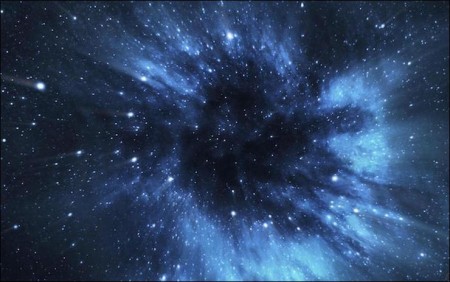Astronomers have found evidence of hidden supermassive black holes in the universe.
Using NASA’s Nuclear Spectroscopic Telescope Array (NuSTAR) satellite observatory, the team detected the high-energy x-rays from five supermassive black holes previously clouded from direct view by dust and gas.
The research, led by astronomers at Durham University in Britain, supports that potentially millions more supermassive black holes exist in the Universe, but are hidden from view.
“We have been able to clearly see these hidden monsters that were predicted to be there but had been elusive because of their ‘buried’ state,” said lead author George Lansbury, post-graduate student in the centre for extragalactic astronomy.
Although only five of these hidden supermassive black holes have been detected, “when we extrapolate our results across the whole universe, then the predicted numbers are huge and in agreement with what we would expect to see”, Lansbury said.
The scientists pointed NuSTAR at nine candidate hidden supermassive black holes that were thought to be extremely active at the centre of the galaxies.
High-energy x-rays found five of the black holes, and confirmed that they had been hidden by dust and gas.
The five were much brighter and more active than previously thought as they rapidly feasted on surrounding material and emitted large amounts of radiation.
The results were presented at the Royal Astronomical Society’s national astronomy meeting in Llandudno, Wales on July 6.
Views: 199



